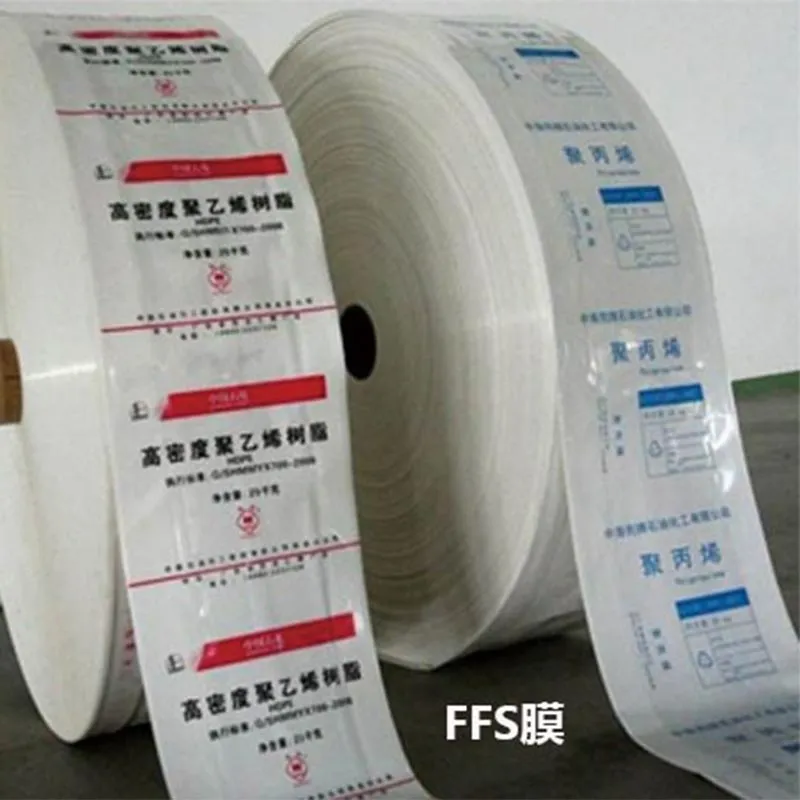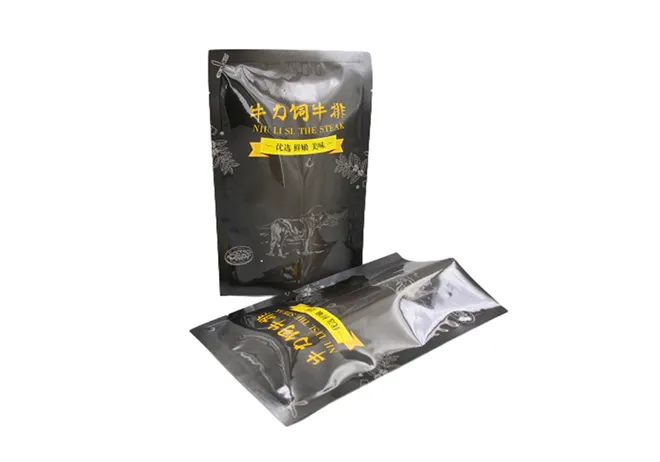As pet owners become more conscious of their furry friends' dietary needs and overall health, wet pet food has gained popularity for its moisture content and flavor. However, the packaging of wet pet food plays a pivotal role, not only in preserving freshness and nutritional value but also in appealing to environmentally-aware consumers.

Wet pet food packaging encompasses a range of materials and designs that each contribute uniquely to maintaining the quality of the product. One of the most common packaging types is the traditional tin can, prized for its durability and ability to preserve the contents without refrigeration. These cans are vacuum-sealed, which locks in freshness and extends the shelf life of the food. Furthermore, steel tin cans are highly recyclable, making them an ideal choice for eco-friendly consumers seeking to minimize their carbon footprint.
Another packaging option that resonates with sustainability is the use of pouches. Flexible pouches are lightweight, reducing transportation emissions. Their compact design makes them convenient for storage and serving, as pet owners can easily tear them open and dispose of them with minimal mess. Advanced barrier technology in pouches aids in retaining flavors and nutrients, ensuring pets enjoy a meal as intended by manufacturers.

For those seeking innovative solutions, tetra packs present an appealing alternative. Initially recognized for their use in human consumables, these aseptic packages offer an extended shelf life without preservatives. The tetra pack's multilayer design is adept at preserving the quality of wet pet food while being fully recyclable. Producers have embraced this method as an advancement towards a circular economy, aligning with the growing demand for environmentally sustainable practices.
Despite the evolution of wet pet food packaging, challenges remain. The balance between durability, convenience, and environmental impact requires continual innovation. As an expert in the field, it's essential to highlight the significance of manufacturer transparency. Pet food brands must provide detailed information about the materials used in packaging, empowering pet owners to make informed purchasing decisions. Labels should clearly indicate recyclability and any use of biodegradable materials, injecting a layer of trustworthiness into the consumer experience.
wet pet food packaging
Moreover,
authorities within the industry have advocated for setting higher standards for packaging across the board. Establishing guidelines that focus on reducing single-use plastics and increasing recycled content will propel the industry into a more sustainable future. The role of pet food manufacturers goes beyond product safety and nutritional quality; it extends to their environmental footprint, forming a comprehensive approach to pet care.
The packaging does not only influence sustainability but also impacts the brand perception and compliance with evolving regulations. Acknowledging this, some brands are actively experimenting with compostable materials, leveraging the growing technological research in bioplastics. Bioplastics derived from plant materials such as corn starch or sugarcane are witnessing increasing application, showcasing a commitment to innovation and responsibility.
Engaging with such packaging initiatives allows companies to stand out within the competitive pet food market. Consumers, especially younger demographics, are drawn to brands that reflect their values. It's incumbent upon manufacturers to perceive packaging as an integral part of product strategy, capable of driving brand loyalty and enhancing reputation.
Integrating experiential insights, it is clear that wet pet food packaging is not simply a container; it represents a marriage between functionality and values. This synergy invites consumers to participate in ethical consumption, knowing their choice contributes to sustainability. As the market progresses, one can anticipate further advancements propelled by not just scientific ingenuity, but a collective endeavor towards eco-friendliness and integrity.
In conclusion, wet pet food packaging is a dynamic facet of the pet food industry that encapsulates long-term product viability, customer satisfaction, and environmental stewardship. By staying tuned to the latest developments, customers and industry stakeholders alike can anticipate a future where packaging not only serves its purpose but does so with profound care for our planet.